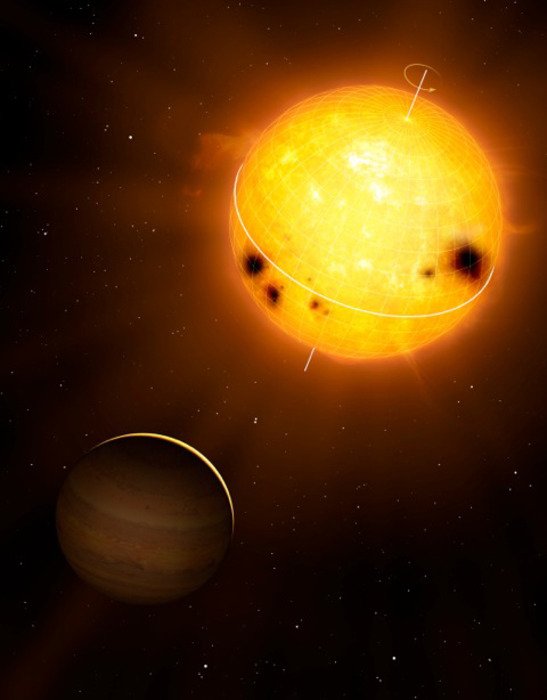NEW YORK, July 30 (UPI) -- An international team of scientists says a new way to measure the internal properties of stars can offer a more accurate assessment of their orbiting planets.
Previously, scientists inferred stars' properties such as radius, mass and age through observations of their brightness and color, but the results were often not accurate enough to make assumptions about their orbiting planets, they said.















